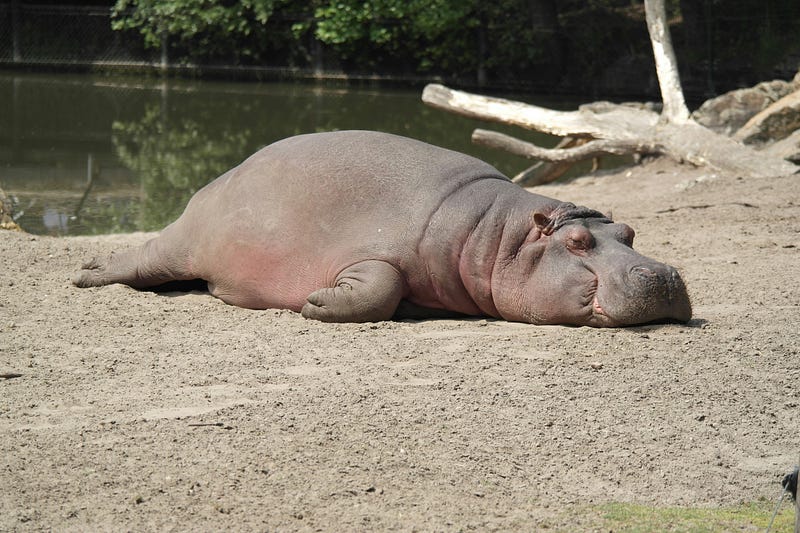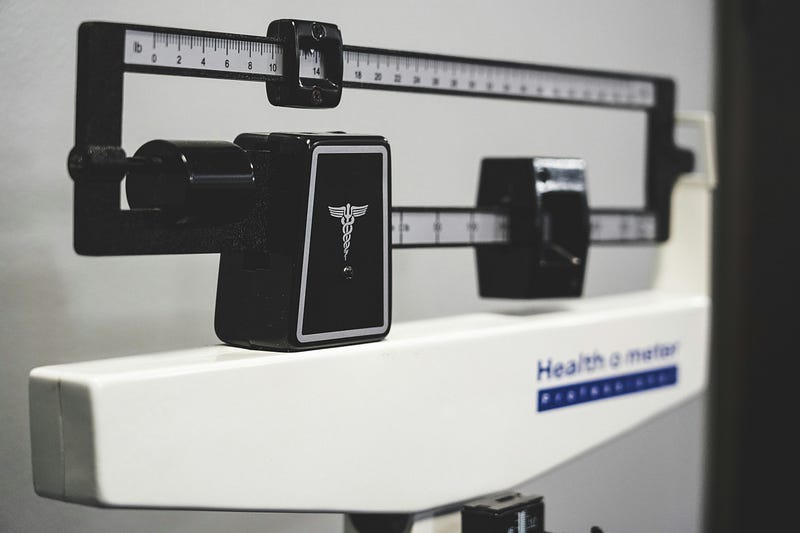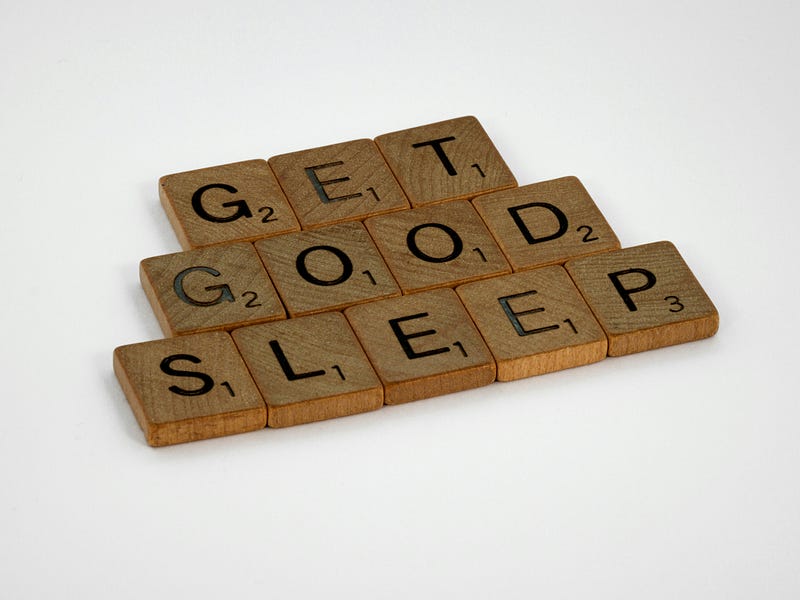When I say small stuff, I mean debating over carbs versus fats, wondering if you should go gluten-free, or obsessing over whether intermittent fasting is the magic solution.
But for someone who’s significantly overweight or obese, the key to better health isn’t in these micro details.
It’s about addressing the bigger picture.
That means focusing your body composition and reaching a healthy BMI.
As a certified personal trainer and weight management specialist, I’ve written on this topic quite a lot for over a decade.
Let me explain why focusing on your body composition matters more than anything else when it comes to your overall health, longevity, and quality of life.
Why Obesity Should Be Your First Concern
Obesity is not just about carrying extra weight.
It’s a condition that puts immense strain on nearly every system in your body.
Here’s what it does:
- Shortened Lifespan: Studies show that obesity can reduce life expectancy by up to 10 years. That’s like losing an entire decade of your life.
- Increased Morbidity: Obesity is linked to serious chronic diseases like heart disease, type 2 diabetes, stroke, and certain types of cancer.
- Heart Health Risks: Excess body fat leads to higher blood pressure, cholesterol levels, and inflammation, all of which increase your risk for heart attack and other cardiovascular problems.
- Reduced Quality of Life: Obesity can make simple everyday activities harder, from walking up stairs to playing with your kids or grandkids. It also increases the risk of joint problems and chronic pain.
Before thinking about trying a fad diet or overanalyzing what types of veggies to eat, your focus should be on eliminating your obesity and improving your body composition, which can make the biggest difference for your health.
What Does “Body Composition” Mean?
Your body composition is the balance between fat mass and lean mass in your body.
Improving your body composition means reducing fat while maintaining (or even building) muscle.
This is what truly matters when it comes to feeling healthier and living longer.
Body Mass Index (BMI) is one tool that provides a rough estimate of whether your weight is in a healthy range for your height.
It’s not perfect but it’s a good starting point.
For those with a BMI in the overweight or obese range, getting to a healthier number should take precedence over worrying about things like macronutrient ratios.
How to Improve Your Body Composition
The key to addressing obesity and improving your health is to create a calorie deficit, which means burning more calories than you consume.
Here’s how to do it:
1. Increase Cardiovascular Exercise
- Activities like walking, jogging, cycling, or swimming burn calories and improve heart health.
- Aim for at least 150 minutes of moderate-intensity cardio each week, as recommended by health guidelines.
2. Incorporate Resistance Training
- Strength training builds muscle, which boosts your metabolism and helps you burn more calories even at rest.
- Include 2–3 days of weightlifting or bodyweight exercises, focusing on major muscle groups.
3. Prioritize Non-Exercise Activity Thermogenesis (NEAT)
- NEAT includes all the movement you do outside of formal exercise, like walking around, cleaning, or taking the stairs.
- Small changes like parking farther away or standing while working can significantly increase your daily calorie burn.
4. Eat in a Calorie Deficit
- No need to overcomplicate this. Simply consume fewer calories than you burn. Use a calorie-tracking app or focus on portion control to help you stay on track.
- Include plenty of whole, nutrient-dense foods like lean protein, vegetables, and whole grains to stay full and satisfied.
Fad Diets and Trendy Myths to Avoid
Some diets sound too good to be true — and they usually are. Here are a few popular ones to steer clear of:
- Keto Diet (for Weight Loss Alone): While keto can help some people lose weight, it’s not necessary to cut out an entire macronutrient group (carbs) to get results. Plus, it’s hard to sustain long-term.
- Detox Cleanses: Your liver and kidneys already detox your body. Extreme cleanses and juice fasts don’t provide lasting results and can leave you feeling worse.
- Gluten-Free for Non-Celiac Individuals: Unless you have a medical condition like celiac disease or gluten intolerance, avoiding gluten won’t magically lead to weight loss.
- “Superfood”-Focused Diets: While foods like kale, quinoa, and acai are healthy, no single food will solve the issue of obesity.
These diets often miss the bigger picture: creating a sustainable calorie deficit and focusing on long-term habits.
The Problem with Ignoring the Bigger Picture
When we focus on tiny detail like whether artificial sweeteners are harmful or if organic produce is better, we lose sight of what really matters.
For someone dealing with obesity, these small tweaks won’t make much of a difference if the overall calorie balance isn’t addressed.
That doesn’t mean the little things don’t matter at all.
Eating nutrient-dense foods, balancing macronutrients, and choosing minimally processed options are great for health.
But these details should come after you’ve worked on the foundation: improving body composition and reducing excess fat.
Little Changes Go a Long Way
If you’re significantly overweight or obese, the journey to better health doesn’t have to be overwhelming. Focus on:
- Moving your body more
- Lifting some weights
- Staying consistent with a manageable calorie deficit
- Avoiding fad diets and sticking to what works
Remember, this isn’t about perfection.
You don’t have to give up all your favorite foods or adopt a military-style workout routine.
It’s about making small, sustainable changes that lead to big results over time.
By focusing on the basics — calorie deficit, regular exercise, and avoiding crash diets — you can significantly improve your health, increase your lifespan, and reduce your risk of chronic diseases.
I’d like to hear your thoughts on this.
Let me know in the comments how you manage your diet to keep your body composition in check and what works for you.
Also Read
Top Fat Loss Products for Busy Professionals
Want to Be Fat Forever? Sleep Less
The Three Big Reasons Why Sleeping Less Is Making You Fatter















